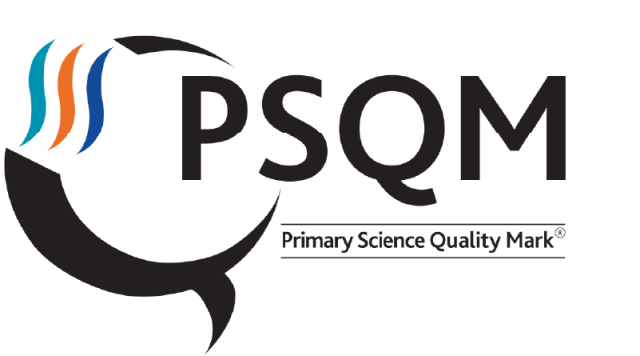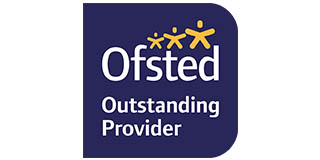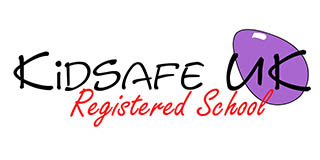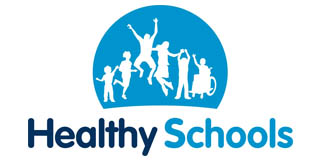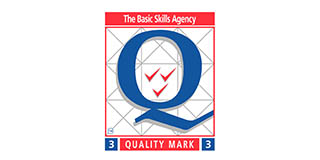Art
With God All Things Are Possible
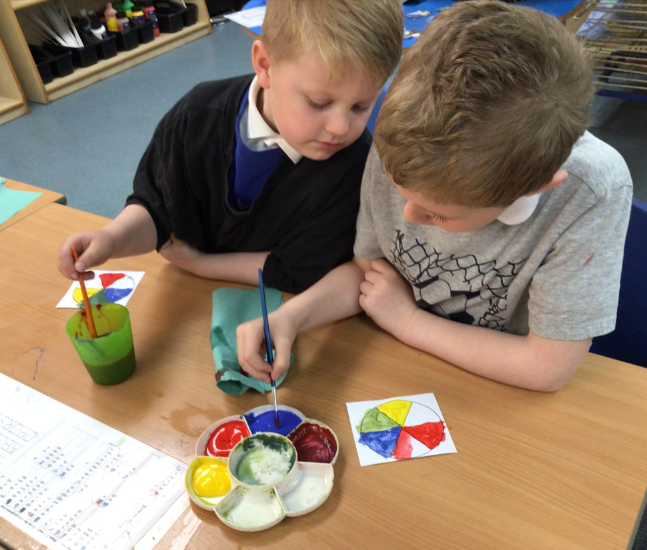
At Benedict Biscop we want our children to learn that with God all things are possible. We want our children to aspire and to achieve highly. We want our children to develop as artists, artisans and designers, developing art knowledge and skills.
Our art curriculum is designed to be intellectually challenging and creatively demanding. We give equal weighting to the three key pillars of the art curriculum; practical, theoretical and disciplinary knowledge and believe that all three of the elements combine to create exceptional artists.
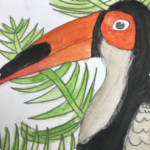

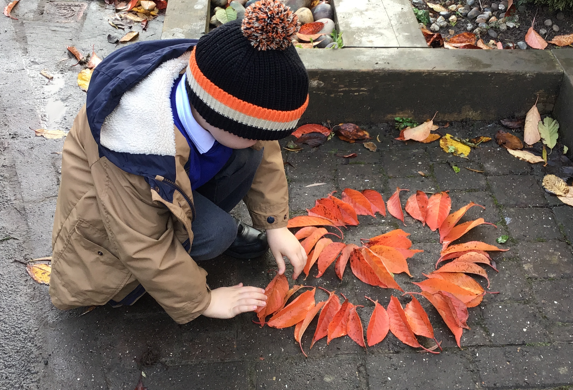
AIMS
The National Curriculum for art aims to ensure that all pupils:
- Produce creative work, exploring their ideas and recording their experiences
- Become proficient in drawing, painting, sculpture and other art, craft and design techniques
- Evaluate and analyse creative works using the language of art, craft and design
- Know about great artists, craft makers and designers, and understand the historical and cultural development of their art forms
We believe that art should develop children with the following essential characteristics to help them develop like artists:
- To develop a knowledge and understanding of other artists, craft makers and designers.
- The ability to use artistic language to express themselves (for example, line, shape, pattern, colour, texture, form).
- The ability to explore and invent marks, develop and deconstruct ideas and communicate through drawing in 2D, 3D or digital media.
- The ability to use their knowledge and understanding of different media and art forms to inform and inspire their practice; selecting and using materials, processes and techniques skillfully
- The ability to draw confidently and adventurously from observation, memory and imagination.
- The ability to reflect on, analyse and critically evaluate their own work and that of others.
- To have a passion for and a commitment to the subject.
Our art curriculum enhances this offer, by achieving the aims set out here but also providing additional experiences adapted it to our local context – we have included local artists such as Norman Cornish and Chris Cummings and also ensure that it covers a diverse range of inspiration from a range of cultures.
Where does it start?
- Our early years curriculum is the starting point for all subjects within the Curriculum.
- It ensures that all 7 areas of the Statutory Framework for the Early Years Foundation Stage are covered within each National Curriculum subject area and the Early Learning Goals within each of these areas are able to be achieved.
- Development Matters – Non-statutory curriculum guidance has been used to support the development of progression within our curriculum. Staff are able to use the observation checkpoints to help identify any child who is at risk of falling behind, so they can plan effectively to ensure they reach age-related expectations and end of EYFS.
- In the curriculum below learning objectives have been identified to support the development of key knowledge to ensure our children are school ready for Year 1.
- In order to challenge our pupils, we aim to provide a language rich environment, therefore subject specific vocabulary has been identified to support the development of communication and language across our full curriculum. Within EYFS we use the EEF recommended tiered vocabulary approach.
- Key texts have been identified through our reading spine and story cycle as a method for supporting our pupils to learn through stories.
Pillars of Art
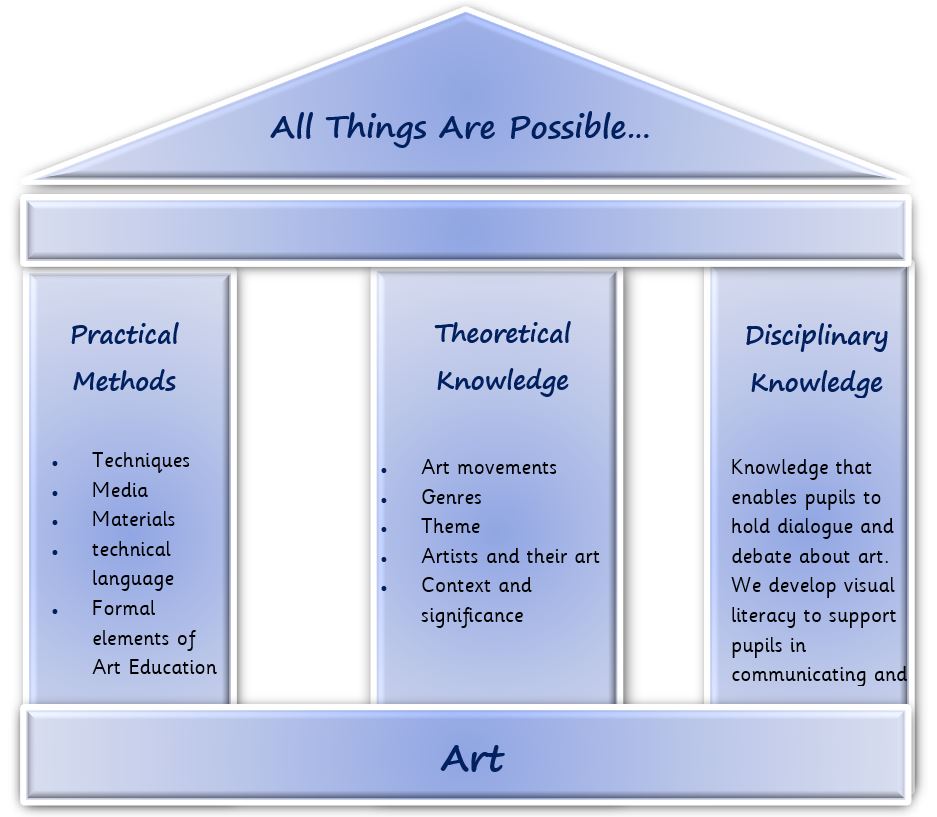
We believe that the three key pillars of art combine to create exceptional artists. We cover aspects of all three pillars throughout each unit and clear links are made between these so the children see the important of each.
We look at practical methods, both receptive and expressive, to develop the pupils ability to make and create art. This allows them to make choices based on the limits and possibilities of media and materials.
We also look at theoretical knowledge, which underpins the children’s ability to make and create. Fluency in their theoretical knowledge allows children to make connections between art and artists from the past, present or future. We discuss the meanings and interpretations of art, as well as the materials and processes used, allowing children to put their practical knowledge into context.
Disciplinary knowledge is also a focus, allowing children to develop their skills in participating in discussion, evaluation and critical analysis of art works. Children are shown how to become both an artist and a critic and given the skills to do this.
Curriculum design and overview
We have included the three key areas of drawing, painting and sculpture and additionally focus on mastery of collage, digital media and printmaking.
It covers a range of paradigms:
- modern
- contemporary and
- traditional
to ensure children are exposed to a breadth of experience and stimulus. There is clear links to different cultures, historical periods and sustainable art pieces. Key skills and media are taught and revisited throughout year groups to encourage a mastery approach as these are revisited and built upon. The curriculum is regularly reviewed and adapted to ensure it is relevant and up to date.
Our curriculum overview:
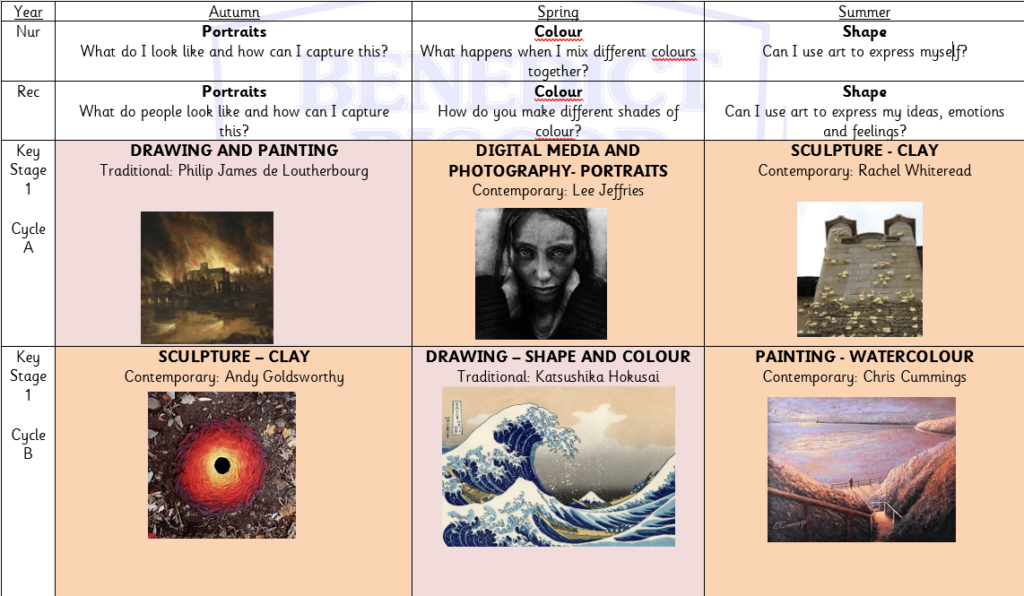
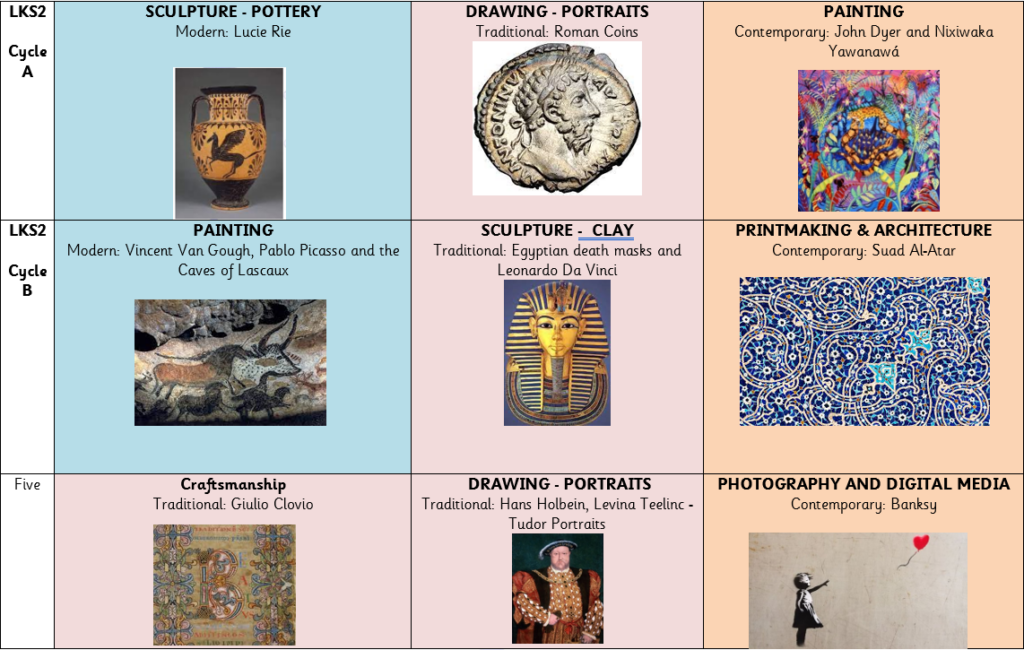

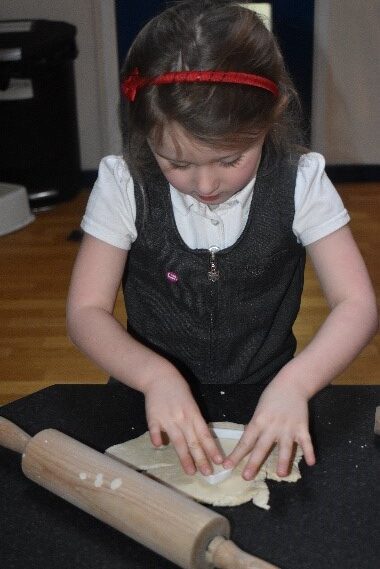
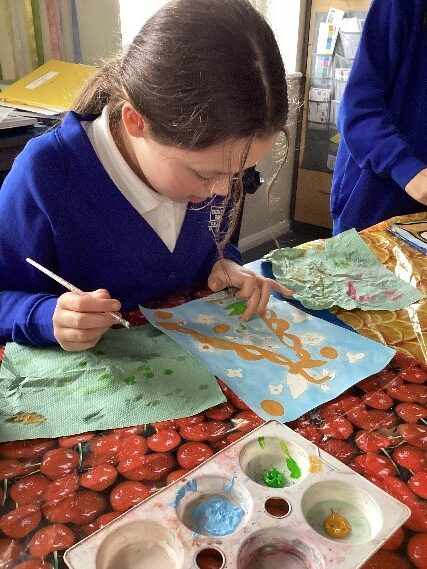
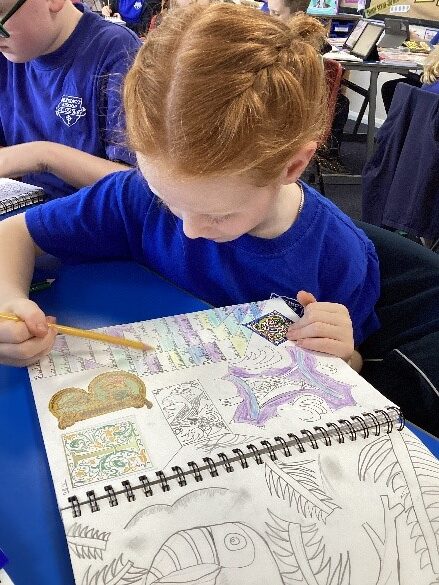
Children have the opportunity to go on many local educational visits. Parents are also given information of any key exhibitions or events that coincide with topics. We also host our own art gallery, where pictures are professionally framed and displayed in a gallery night where children’s work is celebrated and parents have the opportunity to buy these.
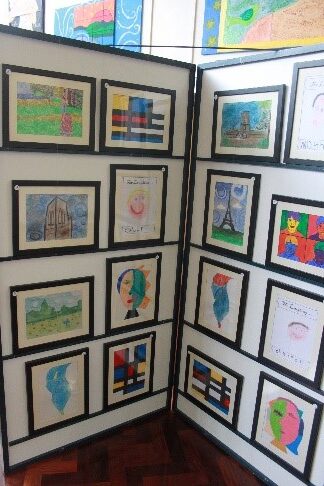
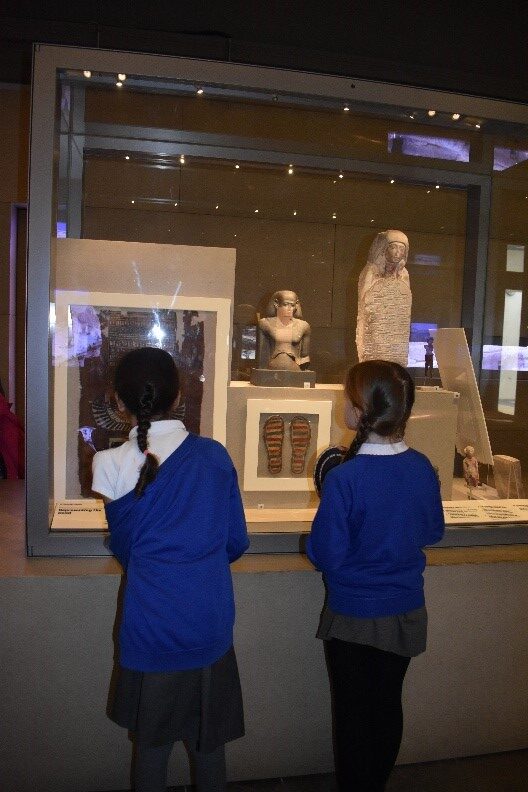


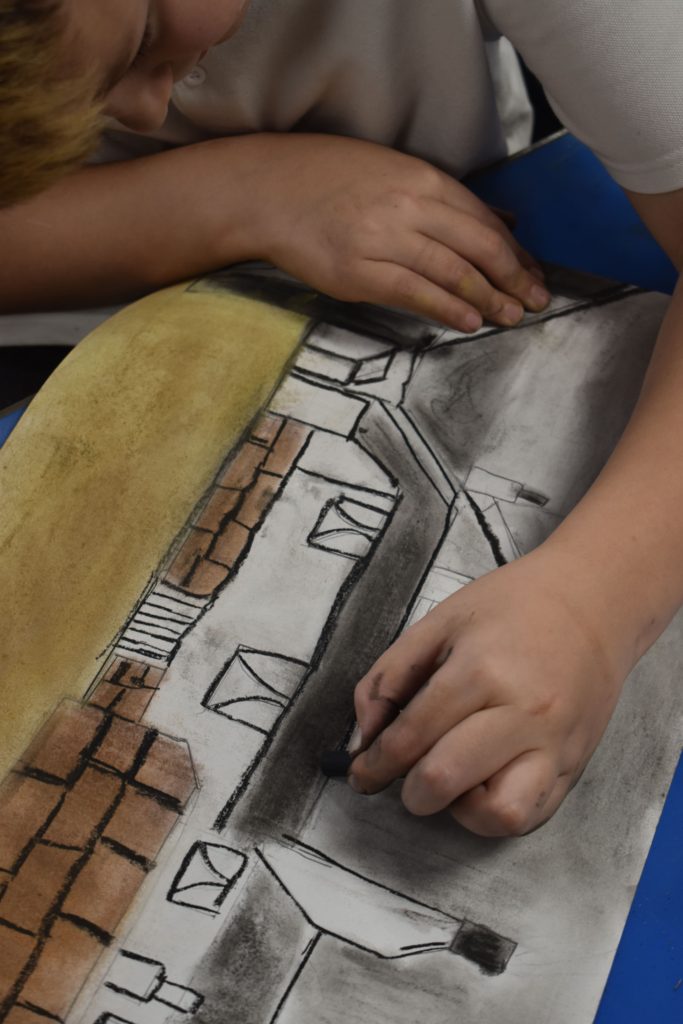
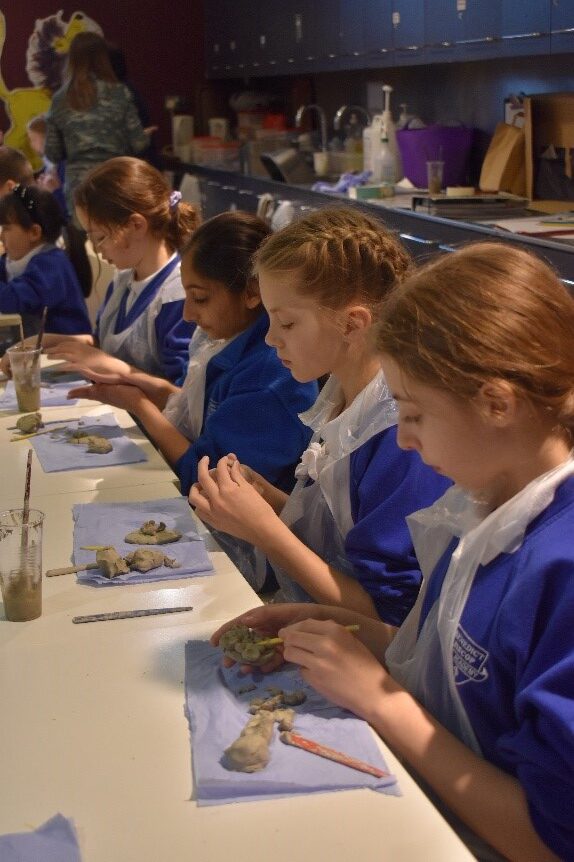
Awards
Arts Mark Gold award – this recognised and celebrated the commitment we have to the arts, culture and creativity across the whole curriculum – developing cultural capital. Our assessor shared:
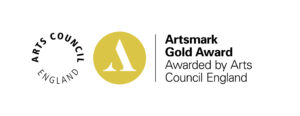
“We love that you are a ‘Beach School’, and that your youngest children draw artistic and creative inspiration from regular visits to the beach to create outdoor art and sculpture, reflecting the locality…Older pupils are introduced to the Arts as potential career choices through your career days.”
SEND
Benedict Biscop promotes a curriculum that puts all pupils, regardless of their needs, at the heart of what we do. By building mutual respect, we accept others for their differences believing that everyone is special and everyone has something to offer. Our inclusive and enriching curriculum, written for all children, provides pupils with meaningful and aspirational experiences as well as promoting personal growth for life-long learning. When the curriculum needs adapting, to suit the needs of individual children, appropriate modifications are made by the class teacher with support of the SENDCo and the Curriculum Subject Lead.
Outcomes
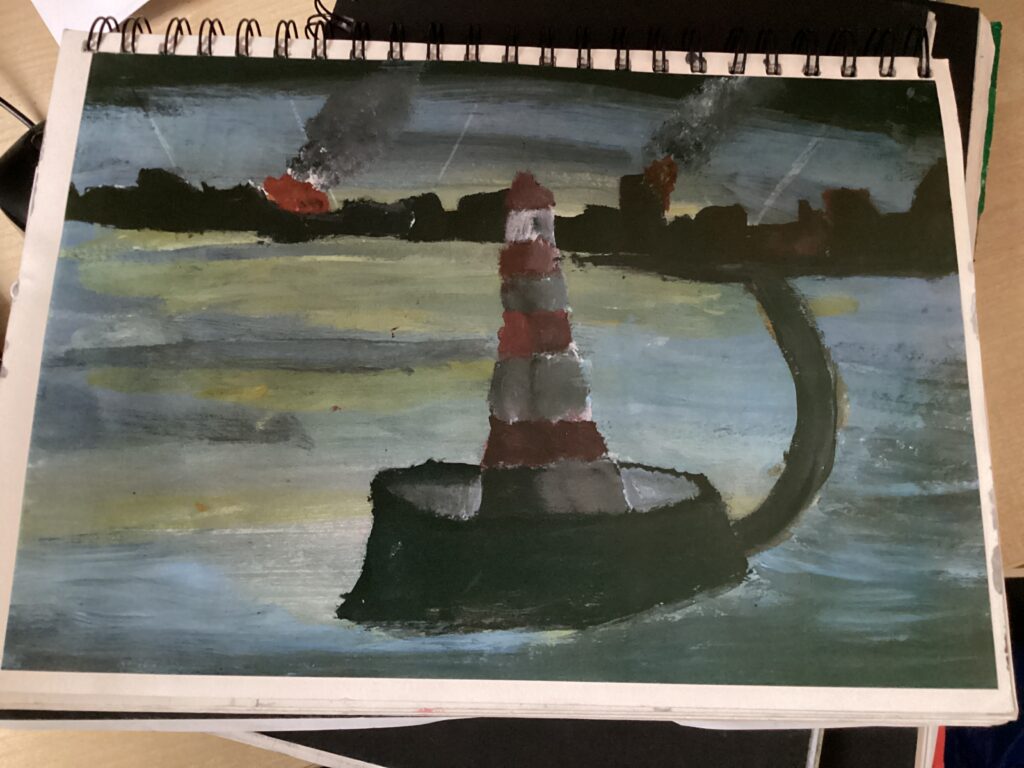
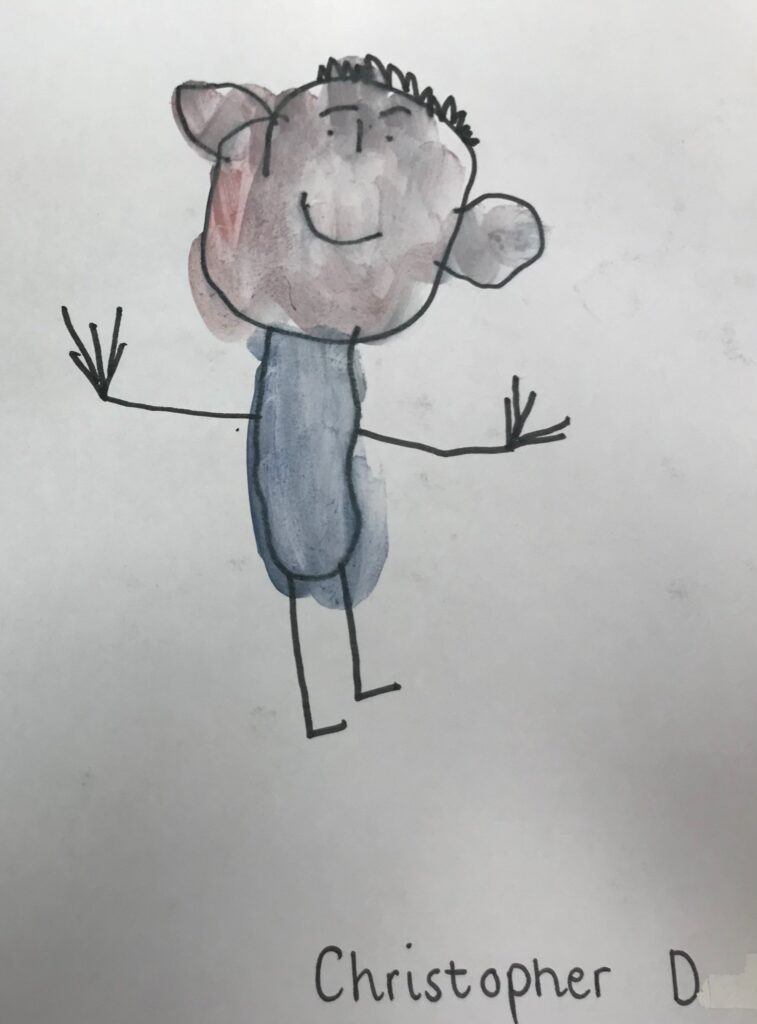
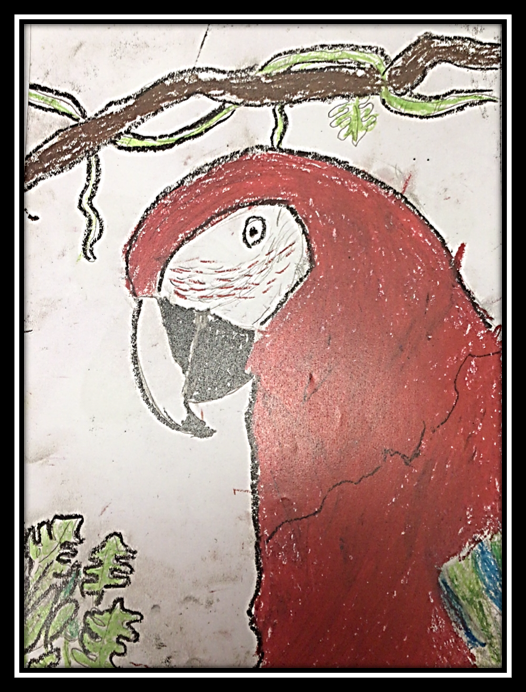
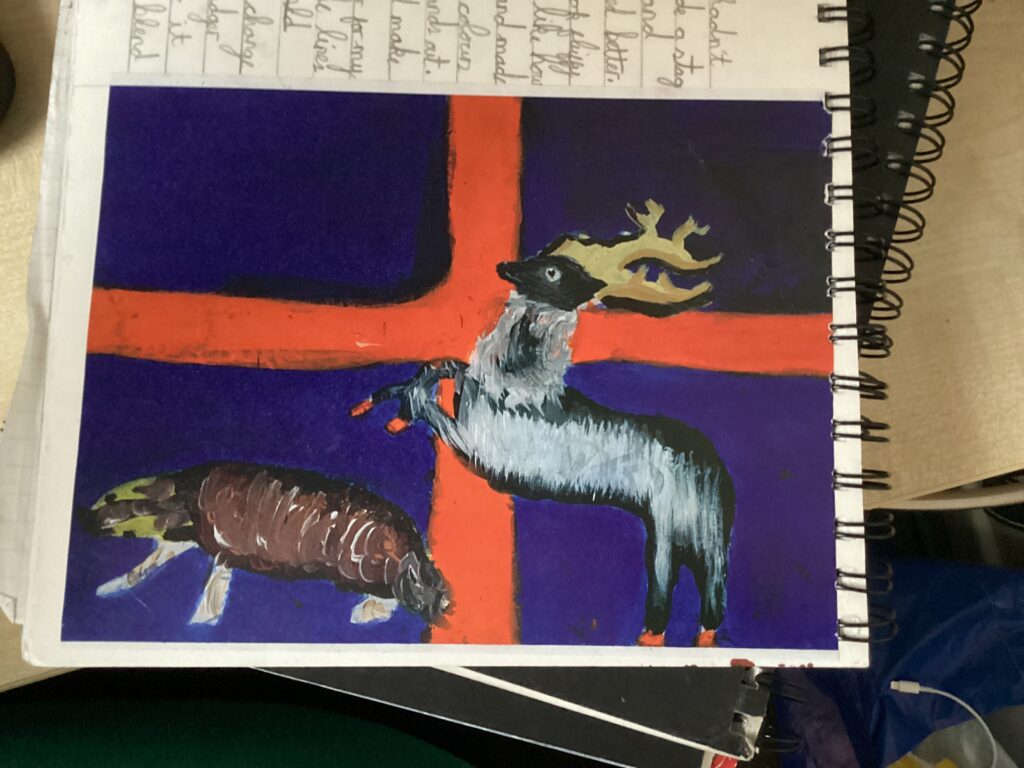
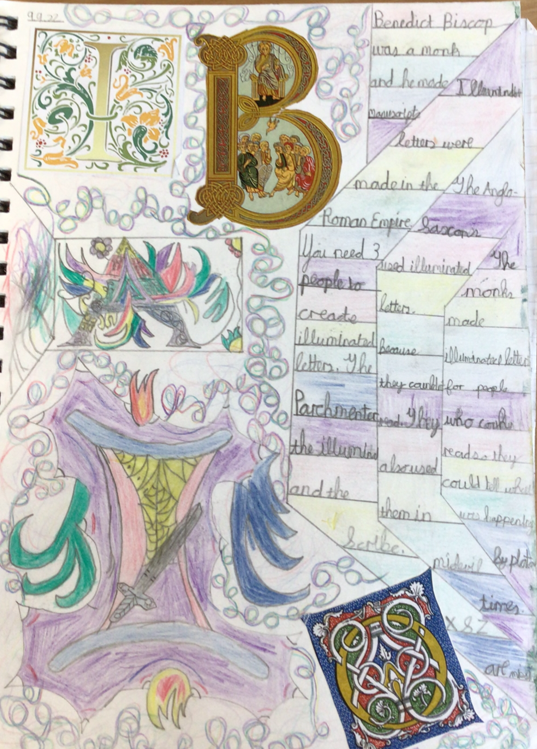
Reading in Art
Reading underpins all our curriculum. Key texts have been identified as part of our reading spine to help pupils learn about key knowledge in Art through stories.
EYFS & Key Stage 1
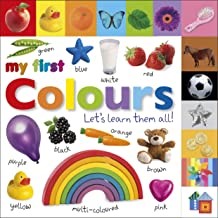
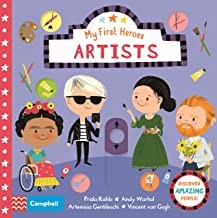
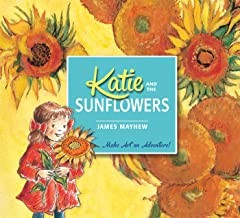
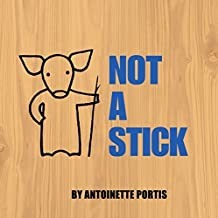
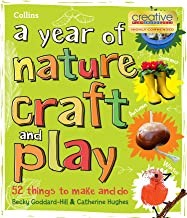
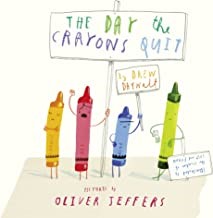
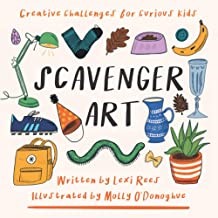
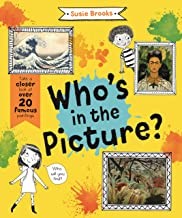
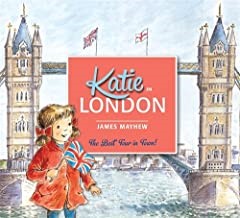
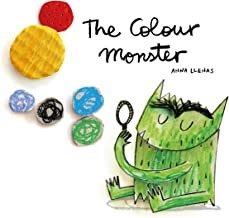
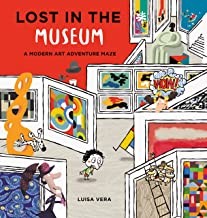
Key Stage 2
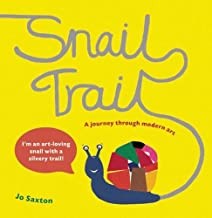
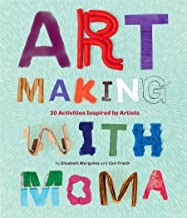
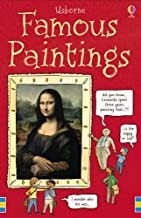
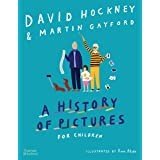
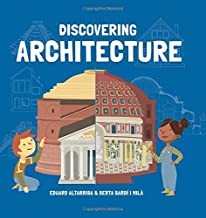
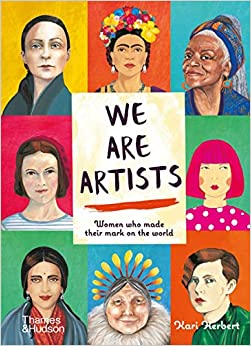
Useful links to further learning
National Geographic Kids – Art
KS1 – BBC Bitesize – Art and Design
KS2 – BBC Bitesize – Art and Design
Local Art Galleries
Sunderland
Sunderland Museum & Winter Gardens
https://www.frederickstreetgallery.com/
Northern Gallery for Contemporary Art at the Glass Centre
Newcastle
https://laingartgallery.org.uk/
https://shipleyartgallery.org.uk
https://www.sevenstories.org.uk
Hartlepool
Interested in finding out more?
If you would like to find out more about our curriculum. Please contact the school office by emailing BBinfo@nllt.co.uk and we will ask a member of staff to get back in touch a.s.a.p.









